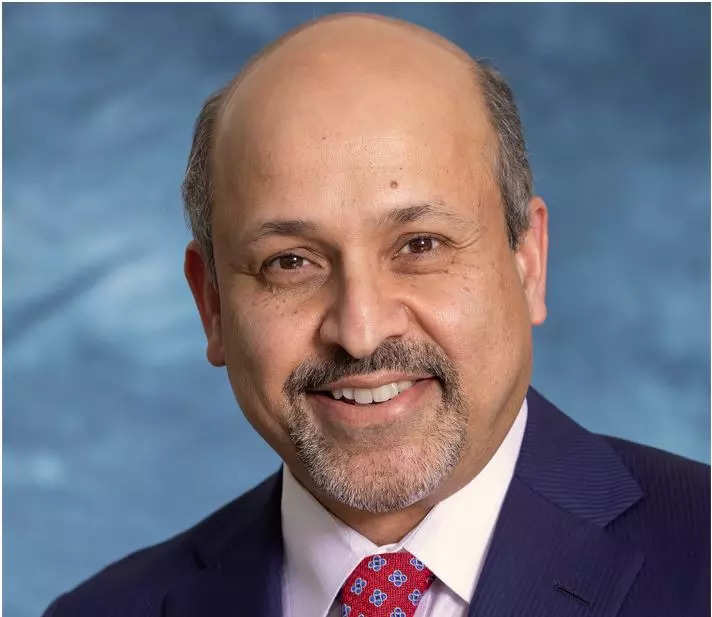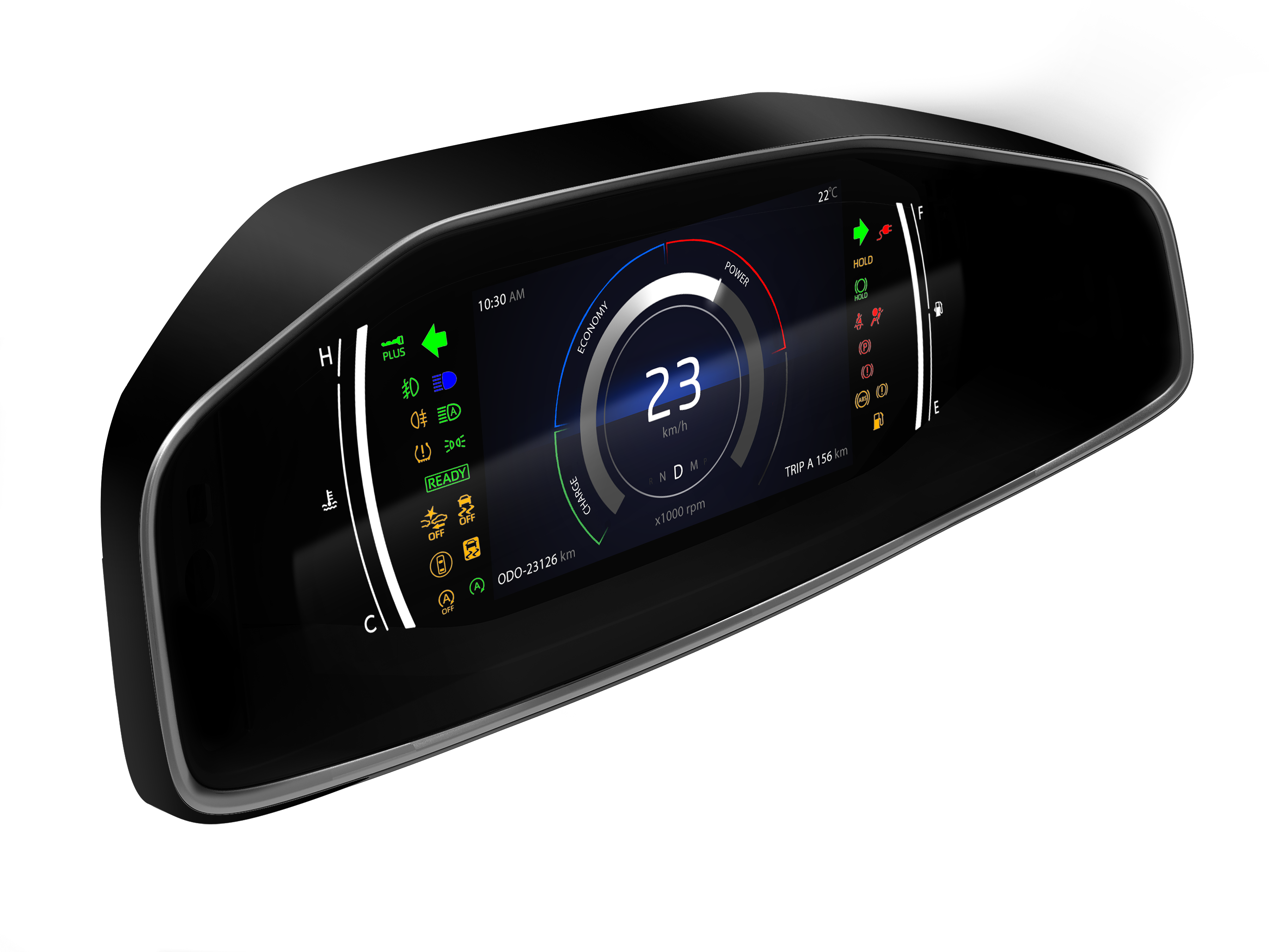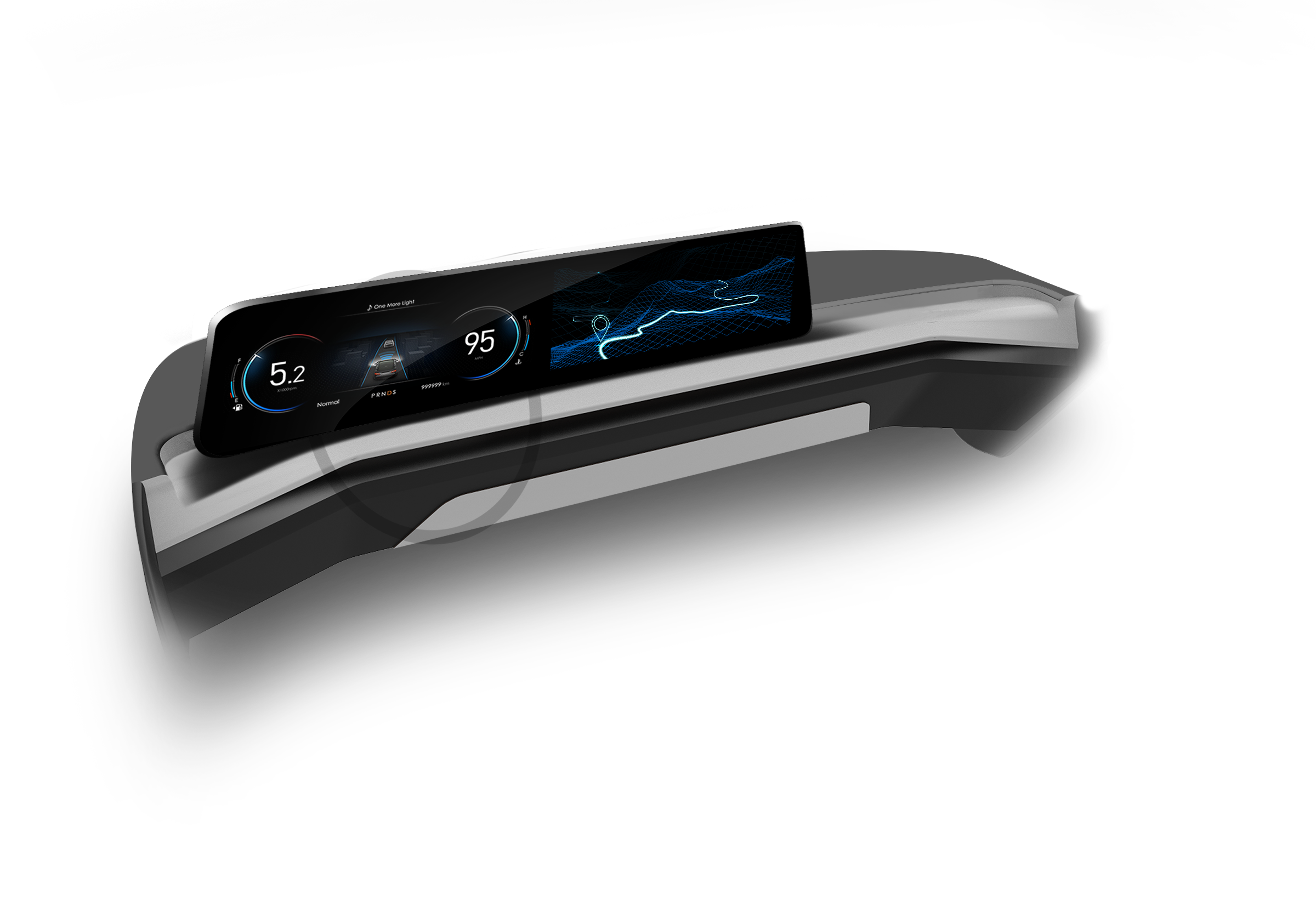Three years ago, Visteon’s India business was less than USD 100 million. The target for 2025 is USD300 million. What fuels Visteon’s growth and bullishness, in a market where sales charts are far from being on fire, is the consumer behaviour in the middle of the passenger vehicle (PV) market. Within that space, the market response to models like XUV 700 and Nexon from the homegrown OEMs Mahindra & Mahindra and Tata Motors respectively contribute to the foundation of the growth projections.
Lawande, who is on an India visit for the first time after the pandemic-triggered travel restrictions, has made some observations which he couldn’t do during the earlier twice-a-year trips to India. “Coming after two and a half years, I can better appreciate how the consumer tastes have changed. The consumer of today, especially the young consumer, is much more confident about spending money than what I used to be familiar with,” he said.
The average price of passenger vehicles (PV) sold in India is estimated to have crossed INR 9 lakh. As the PV market leader Maruti Suzuki is set to launch a couple of models in the segment above INR10 lakh, Visteon hopes to have the OEM as its customer. Interestingly, Suzuki (including Maruti Suzuki) is one of the two car OEMs globally which isn’t among Visteon’s customers yet. The other is Subaru, also Japanese.
So far, there has been a mismatch between Maruti Suzuki’s tight fist on costs as part of its extra strong focus on affordable mobility and Visteon’s value proposition of technology and cost. With the new crop of Maruti Suzuki models, Visteon hopes to be a supplier to the OEM soon.
Earlier, India as a market wouldn’t get much of a focus in Visteon’s global headquarters for its not-so-significant business contribution. But it is no more ‘backwaters’ for the global major. It has lined up investments totalling USD40 million (over INR 300 crore) in the ‘near term’ to ramp up its engineering centres, and also to localise more products.
A new assembly line for advanced display units will be added to Visteon’s plant in India. “We have designs that we have won and that we need to start producing. We will probably start bringing equipment by the end of this year or early next year, Qais M Sharif, global VP – display product line, Visteon, said.
Tech centres, talent development
Last week, Visteon inaugurated a technical centre with a seating capacity of 50 in Goa. The centre will work in areas like cybersecurity, Android-based infotainment, driver awareness systems, and autonomous vehicle technologies for regional and global customer applications.
Two more, one each in Coimbatore and Thiruvananthapuram, will be set up soon. That will take the total count of Visteon’s technology development centres in India to 5. The automotive cockpit domain controller and display supplier already has one each in Bengaluru and Chennai.
Lawande sees India also as a “huge development hub” for Visteon. As electric vehicles (EVs), along with other megatrends like connected vehicle and autonomous driving drive up software content in vehicles significantly, Visteon’s strategy is to build the requisite talent pool as soon as possible. Lawande believes that “for all of us (organisations), the battle for the next 10 years is about talent”. There could be appointments of some of Visteon’s global team leaders in India, he said.
“We have most of the developers here already. We still have quite a few in other parts of the world, but the leadership team will be based in India. And we are pushing for growth in talent development out of India,” Lawande said.
Talent development will also be crucial for Visteon’s plans to expand its business areas. It launched an ‘industry-first’ wireless BMS (Battery Management System) in 2020, and has plans to venture into energy storage solutions in the future. In the near future, Visteon plans to offer its advanced display and cockpit technologies to the commercial vehicle and two-wheeler segments.
The most crucial segment in India for some time to come will be passenger vehicles. Lawande bets on the growth of the Indian PV market, which he expects to be the world’s third largest, after China and the US, in the next five years. “I’m placing my bets (on demand) all the way to the end of this decade,” he said.
By then Visteon plans to add a few more technologies to its display systems. Technologies like ‘active privacy’ which allows a co-driver to watch any content on his/her side of the display without any distraction to the driver, and ‘True Colour’ which offers richer colour display are soon to be launched.
According to Visteon, “about 60% to 75%” of the passenger vehicle market will be dominated by the domestic OEMs (Maruti Suzuki, Tata, Mahindra & Mahindra), Competition for the rest of the market is expected to be among the other OEMs which the supplier already has business relations with through its headquarters. Not surprising then, to see Visteon’s bullishness and plans for India.
Will the bets pay off?















